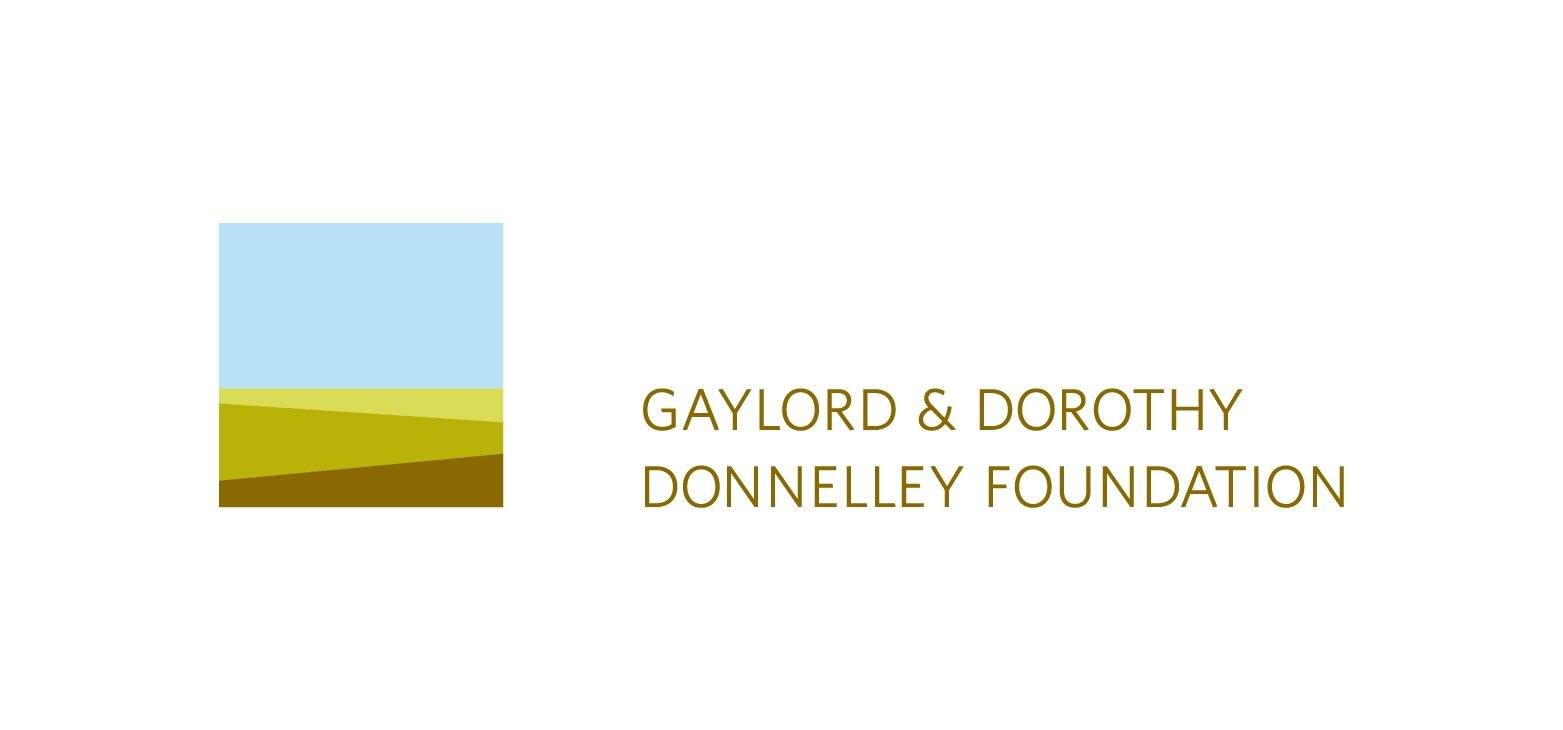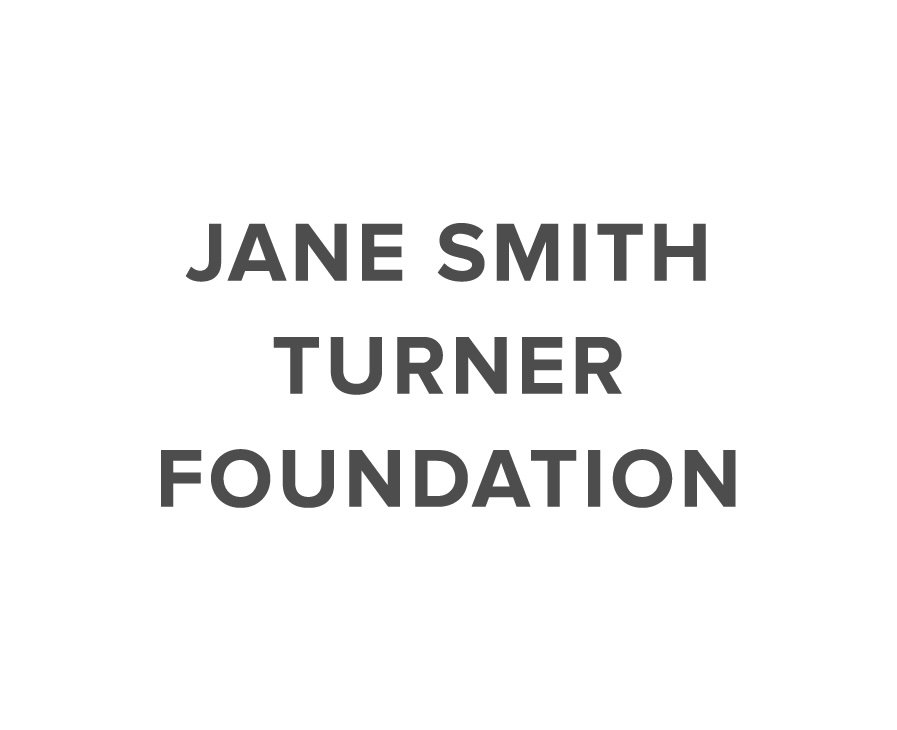The Combahee Raid
On June 2, 1863, 1863, Harriet Tubman and her group of spies, scouts, and pilots guided 3 paddle-wheel steamboats with a regiment of 300 Black soldiers up the Combahee River, under the full moon, and freed 750 enslaved people from the rice fields there. The South Carolina coast is the largest undeveloped coastal area in the continental United States. Those rice fields, once treacherous cypress swamps that were cleared by hand for agriculture have now become precious coastal wetlands. As the climate warms, and Florida's wetlands are cleared and filled, South Carolina's become even more precious. This is part of the legacy left to us by those who worked here. The other part of the legacy is the people and the culture of the low country. The Combahee Raid is a uniquely Charleston story. Part of the exhibit consists of large video installations with an amazing re-enactment of a first person account of a man who was freed. The exhibit, developed in partnership with Professor Edda Fields-Black, Ph.D., winner of the Pulitzer Prize, sheds new light on the history of Harriet Tubman and the Civil War.
William H Johnson "Three Freedom Fighters"
Edda Fields-Black and J. Henry Fair
Tina Wyatt, Great Grandniece of Harriet Tubman
J. Henry Fair “Water Moccasin”












